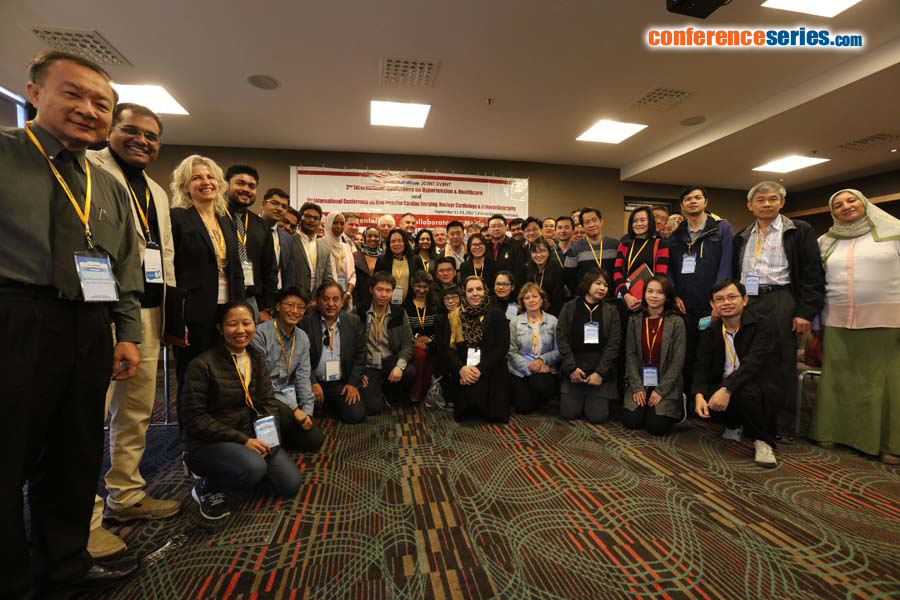2nd International Conference on Non-invasive Cardiac Imaging, Nuclear Cardiology & Echocardiography
Amsterdam, Netherlands

Amar Mohanrao Taksande
Jawaharlal Nehru Medical College, India
Title: Evaluation of Neonatal echocardiography in the neonatal intensive care unit
Biography
Biography: Amar Mohanrao Taksande
Abstract
Introduction:
Congenital Heart Disease (CHD) is the most common congenital problem that accounts for up to 25% of all congenital malformations that present in the neonatal period and is leading cause of neonatal and infant mortality. Echocardiography is an investigation that is currently being used in many neonatal intensive care units (NICU) to evaluate disease progress, assist in procedural interventions, assess the functional or structural defects of the critically ill neonates at the bedside.
Objective:
To evaluate the role of neonatal echocardiographic examination in the clinical management of the sick neonate in NICU.
Material and Methods:
Study was conducted in the NICU of Paediatric department of a Rural Medical College in Central India over a period of 2 years. Information about all echocardiograms performed in the neonatal unit was collected prospectively. Indications for performing echocardiography, echocardiographic findings, and any resulting changes in clinical management were determined.
Results:
A total of 231 echocardiograms were performed in 182 neonates. Echocardiography identified 74 neonates with a structural cardiac abnormality. Patent oval foramen and hemodynamically nonsignificant patent arterial duct (20%) and physiologic pulmonary artery stenosis (2%) were categorized as normal structural group. In addition, 11 neonates were found to have an important functional abnormality. Murmurs (55%) followed by extracardiac anomalies and dysmorphic features (32%) were the most common clinical indications for requesting an echocardiogram. Echocardiography prompted a specific change in clinical management in 72% neonates. Murmur in our critically ill neonates has been associated with a higher incidence of cardiac disease.
Conclusion:
Bedside echocardiography had provided crucial information and accurate decision makings that was not apparent on clinical assessment. Hence, echocardiography is an important tool for diagnosis of cardiac abnormalities that can influence the management and outcome of the sick newborn in the intensive care unit.




